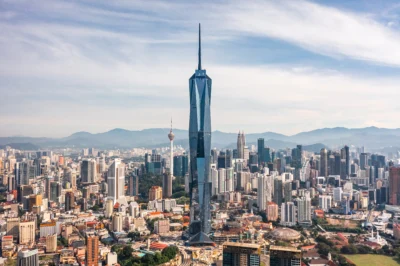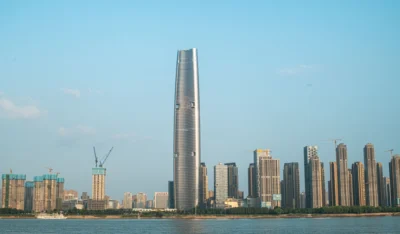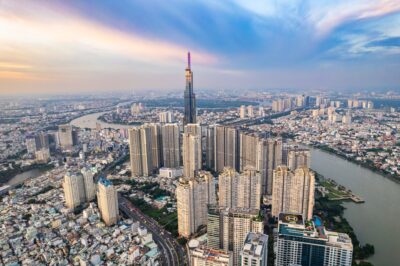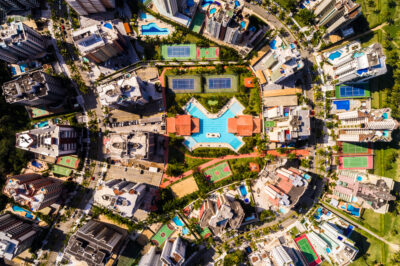Philippines’ real estate looks optimistic with prime residential properties providing value for money
The sector’s increased vacancy rate also creates favours for tenants, while the pandemic prompts the need for sustainable cities
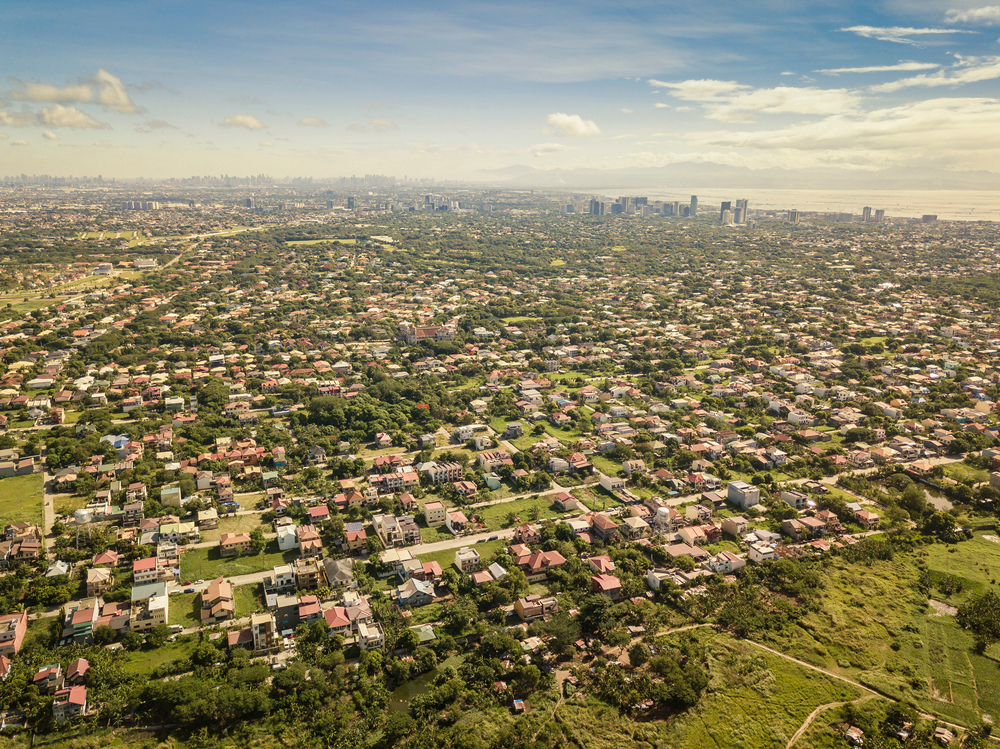
Philippine’s real estate sees bright opportunities ahead, from a tenant-favoured market to demand rural residential properties, said experts at The Wealth Report Launch 2021 in Manila, reported Santos Knight Frank.
Due to the stringent lockdown in 2020, office transactional activity was significantly inactive with lease rates in Metro Manila flattening out, while vacancy levels increase. Santos Knight Frank recorded a vacancy rate of 11.81 percent from 9.78 percent in the previous year.
This pressure has caused a tenant-favoured market, providing occupiers with a window of opportunity to innovate deal structures, renegotiate lease rates, and consider subleasing spaces. Moreover, corporate real estate professionals will need to sort out new workplace solutions that fit companies’ needs to prepare for more return-to-office.
The growing trend to reside in greener, less dense areas has led to an increase in demand for residential properties outside the city, including suburbs like Nuvali and beach destinations like the Batangas coast.
Nevertheless, Santos Knight Frank still sees relevance in city life, with spiking demand for properties inside prime villages.
Prime residential properties in Metro Manila provide buyers better “value for money” compared to other international cities. According to The Wealth Report 2021, USD1 million buys 314 square metres of a prime apartment in Metro Manila, while only 15 square metres in Monaco.
The unprecedented pandemic has induced the need for “future cities” post-pandemic – more liveable and sustainable cities. Technology and trends like traffic rerouting and efficient waste management can make cities smarter, improving our way of life.
More: Hong Kong’s booming luxury housing market could snap up ‘Jardine’s Lookout’
Carsten Menke, head of next generation research at Julius Baer, said, “At the end of the day, sustainability and livability go hand in hand. If cities are safer, cleaner, and calmer, they are sustainable and more livable.”
Despite the shift to suburbs, Liam Bailey, global head of research of Knight Frank believes that people will eventually come back to cities due to long travels to and back from work. Hence, there’s an opportunity for investors and developers to repurpose and refurbish assets to make them more sustainable.
“One of the biggest challenges in the West and globally is the change of use of some office space, retail space, and residential into logistics; and having a relationship to the public and the private sector to do this well,” said Bailey.
Recommended
Malaysia property market rebounds with foreign interest and growth
The nation’s property market is stirring to life, fuelled by foreign buyers and major infrastructure drives
China’s renewable energy surge redefines housing norms and development
From exporting solar panels to building entire green-powered neighbourhoods, China’s renewable surge is redefining housing norms
Philippine real estate stays resilient amid political turmoil
The arrest of former President Rodrigo Duterte is a huge political plot twist. But the real estate sector in the Philippines is not (yet) flinching
Vietnam housing market poised for growth despite tariff challenges
With possible punitive US tariffs looming over the economy, Vietnam’s otherwise buoyant housing market has entered a cautious stage

